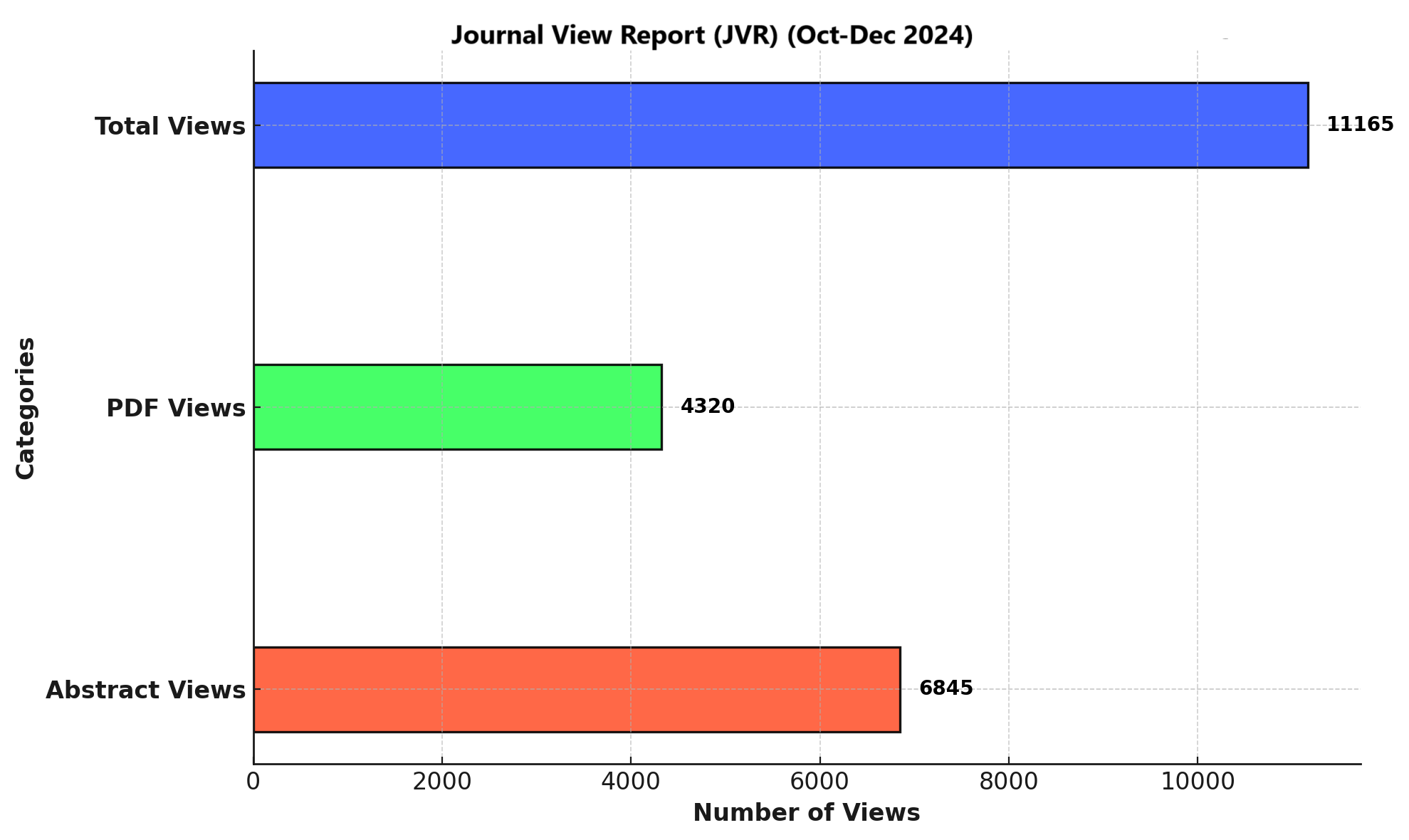DIAGNOSTIC ACCURACY 18-F FDG/PET/CT VERSUS COMPUTED TOMOGRAPHY SCAN IN EARLY DETECTION OF BREAST LESION AND METASTASES TAKING HISTOPATHOLOGY AS GOLD STANDARD
DOI:
https://doi.org/10.71000/ry3smf57Keywords:
18F-FDG PET/CT, Breast Neoplasms, Computed Tomography, Diagnostic Imaging, Histopathology, Metastasis Detection, Sensitivity and Specificity.Abstract
Background: Breast cancer is the most prevalent malignancy and the leading cause of cancer-related mortality among women worldwide. Early and accurate detection of breast lesions and metastases is crucial for effective clinical management and improved survival. Imaging modalities such as 18F-fluorodeoxyglucose positron emission tomography/computed tomography (18F-FDG PET/CT) and conventional computed tomography (CT) are commonly employed, yet their diagnostic accuracy varies significantly, necessitating comparative evaluation.
Objective: To determine and compare the diagnostic accuracy of 18F-FDG PET/CT versus CT scan in the detection of breast lesions and metastases, using histopathology as the gold standard.
Methods: This cross-sectional study was conducted at the Armed Forces Institute of Radiology and Imaging (AFIRI), Rawalpindi, from September 2024 to February 2025. A total of 116 female patients aged 30–70 years with suspected breast lesions or metastases were included. All patients underwent both contrast-enhanced CT and 18F-FDG PET/CT scans prior to histopathological confirmation through FNAC or core needle biopsy. Data were analyzed using SPSS version 23 to calculate sensitivity, specificity, positive predictive value (PPV), negative predictive value (NPV), accuracy, and area under the curve (AUC). McNemar’s test, Chi-square test, and Kappa statistics were also applied.
Results: Of the 116 patients, 84 (72.4%) were confirmed to have malignant lesions. The sensitivity and specificity of 18F-FDG PET/CT were 94.1% and 87.5%, respectively, compared to 78.5% and 72.3% for CT scan. PET/CT had a PPV of 90.3%, NPV of 92.1%, and overall accuracy of 91.4%, while CT showed PPV of 74.8%, NPV of 76.2%, and accuracy of 75.9%. PET/CT also detected lymph node involvement in 92.1% and distant metastases in 90.9% cases, outperforming CT in all metrics (p < 0.05).
Conclusion: 18F-FDG PET/CT demonstrated significantly higher diagnostic accuracy than CT scan in detecting breast lesions and metastases. Given its superior sensitivity and specificity, PET/CT should be considered a preferred imaging modality in the staging and management of breast cancer.
Downloads
Published
Issue
Section
License
Copyright (c) 2025 Aamna Saeed, Sara Khan, Anam Ibrahim, Maria Sattar, Maryam Khalid, Qamar Mehboob (Author)

This work is licensed under a Creative Commons Attribution-NonCommercial-NoDerivatives 4.0 International License.







